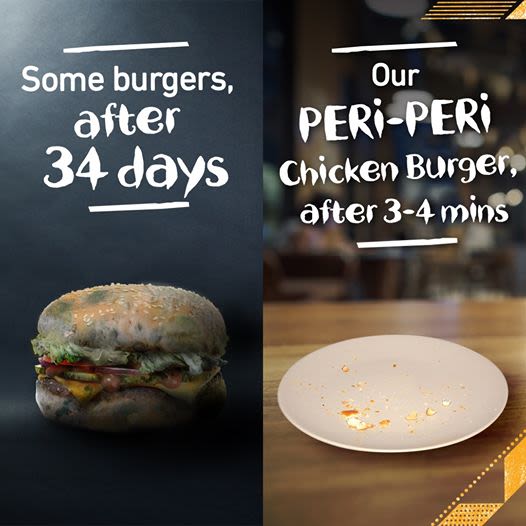Dark PR: The evil twin of traditional PR practices.
While most PR agencies are focused on enhancing their clients’ reputations, it would appear that some are starting to specialise in generating fake news, laying false trails and manipulating public opinion for nefarious purposes.
What is dark PR?
Dark PR, also known as negative PR, refers to any practice that intentionally aims to damage or discredit a competitor through PR efforts.
Most commonly, this is done through politically-charged campaigns that purposefully promote the negative aspects of competitors, rather than emphasising the positive aspects of their own brand.
Similar to the ‘white hat’ and ‘black hat’ hackers scenario, PR has its own legitimate — and
not-so-legitimate — practices. Although PR should be an ethical practice, this isn’t always the case.
“
[Dark PR] has slowly gained traction over the years, and we’ve now reached a stage where the prevalence of [it] is, quite frankly, alarming,” says Falk Rehkopf, CMO at Ubermetrics.
How do dark PR campaigns work?
Well, according to Reputation X’s CMO Kent Campbell,
negative campaigns usually start with rumours and half-truths.
“With a little belief — and enough circumstantial evidence — people with even the smallest affinity for the message of the lie will swallow it hook, line and sinker,” Campbell says. If the message confirms what the reader already believes, they are even
more likely to fall for the trap.
Fake names, hidden IP addresses, planted news stories and other smoke-and-mirrors techniques are employed to create — and reinforce — the damning content.
Where have I seen dark PR before?
Possibly one of the most popular examples of dark PR could be the famous ‘Burger Wars’ — an on-going battle between Burger King and McDonalds. While the brands do have a healthy competition on social media platforms, some of their PR stunts are quite
dark.
For example, according to CIRCUIT 9, one of McDonald’s early stunts involved a truck carrying a very large directional billboard in the middle of nowhere. It was suggesting that the next Burger King was 258kms away, and gave a long list of directions that one would have to follow to get there.
On the other hand, the McDonald’s board in comparison is much smaller in size, and states that the next outlet is only 5kms away, making a statement that McDonald’s is the “king of drive-thrus.”
Closer to home, Nandos has even taken a swing at Burger King, mocking its latest ad by implying that people don’t want to eat at Burger King.

Nandos has
also taken on fellow chicken restaurant KFC by suggesting that it doesn’t know which parts of the chicken go into its food.
What can PR professionals do about dark PR?
Well, for a start, PR professionals should be keeping their efforts above board and ethical at
all times.
Regardless of how tempting it might be to engage in dark PR, PR professionals should steer clear of activities in the ‘grey areas’ and caution their clients and colleagues against it as well.
And, for PR pros looking to build trust with clients, journalists and stakeholders, the
Global Alliance task force has outlined 16 principles that should guide ethical PR efforts.
These are:
- Working in the public interest
- Obeying laws and respecting diversity
- Practicing freedom of speech
- Practicing freedom of assembly
- Practicing freedom of media
- Conducting honest, true and fact-based communication
- Displaying integrity
- Upholding transparency and disclosure
- Demonstrating privacy
- Committing to continuous learning and training
- Avoiding conflict of interest
- Advocating for the PR industry
- Having respect and showing fairness when dealing with the public
- Practicing expertise without guarantee of results beyond capacity
- Behaving in a way that enhance the profession
- Portraying professional conduct
But, if they’re on the
receiving end of a dark PR campaign, PR pros need to execute an effective crisis communications plan.
If the brand on the receiving end is at fault in any way, the best option is to immediately apologise and talk about what they are doing to make things right. Never deflect the blame!
“
Ethics must be at the core of our activity [as communicators and PR professionals]. In our world of fake news and concerns over privacy as artificial intelligence ramps us, we are at an ethical crossroads,” says Jean Valin, principal at Valin Strategic Communications.
Have you ever noticed any other examples of dark PR? Share them with us in the comments section below.
That was exciting, wasn’t it? To get more insightful stories delivered straight to your inbox, sign up to our newsletter.
Despite this worrying trend, The future of PR is bright, but complicated. Find out more about where the industry is headed in our Q&A with Tressa Robbins.